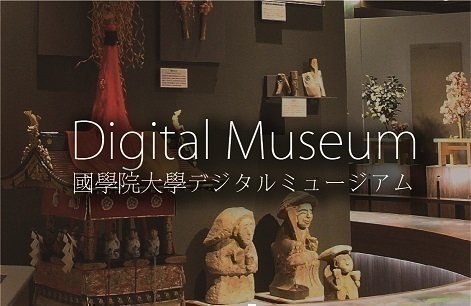- トップ
- Encyclopedia of Shinto
- Nenjū gyōji
Encyclopedia of Shinto
| Main Menu: | |
| Links: |
詳細表示 (Complete Article)
| カテゴリー1: | 5. Rites and Festivals |
|---|---|
| カテゴリー2: | Rituals in Daily Life |
| Title | Nenjū gyōji |
| Text | "Annual events," a general term for the communal events that are held by people at the same time every year. Many of these observances have religious elements and even today not a few of them have a close connection to Shintō, such as hatsumōde, setsubun, and so forth. The term nenjū gyōji seems to have been used for the first time in a work titled Nenjū gyōji go shōji, which dates to the reign of Emperor Kōkō in the latter half of the 9th century. Originally the term referred to the customary observances of the imperial court. These were also referred to by such terms as saiji. These events can be broadly divided into those that were centered around the court and warrior families and those that were generally held on a wider scale. One views clearly distinguishes between the two, labeling the former kōbu nenjū gyōji ("annual events of the court and the warriors") and the latter minkan nenjū gyōji or minzoku nenjū gyōji ("annual events of the folk"). Many events adopted from China were included among the nenjū gyōji, but when those practices became widespread they were transformed into observances adapted to the culture and the rhythms of production in Japan. Above all they became closely connected to agricultural rites. The nenjū gyōji of the court are thought to have formed over the 7th to the 8th century. Nenjū gyōji existed in large numbers since ancient times, and ancient state rites such as ki'nensai, chinkasai, kanmisosai, and chinkonsai were included among them. Their forms also became gradually fixed with the late Heian period and they were handed down as the yūsoku kojitsu ("ancient court and military practices and usages"). These rites are also the source of the nenjū gyōji of the warrior families. The relationship between the nenjū gyōji of commoners and the specific characteristics of a given community and the region where an event takes place is a close one. Consequently, the differences between cities, agricultural villages, mountain villages, fishing villages, and so on give rise to distinctions in especially popular festivals. Furthermore, some events are no longer in tune with the seasons since the solar calendar came into use after 1873. See also §Life-Cycle Rituals and Occupational Rituals — Inoue Nobutaka |




